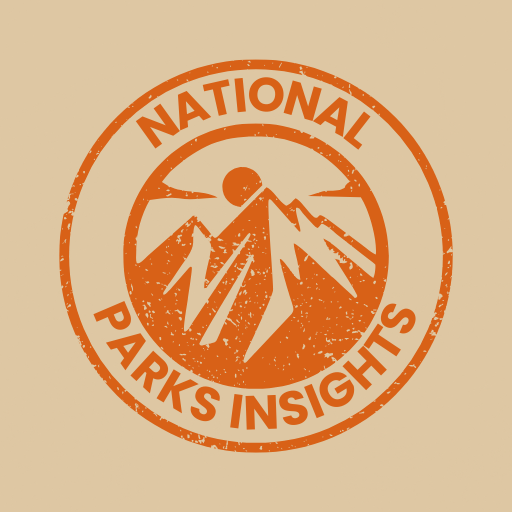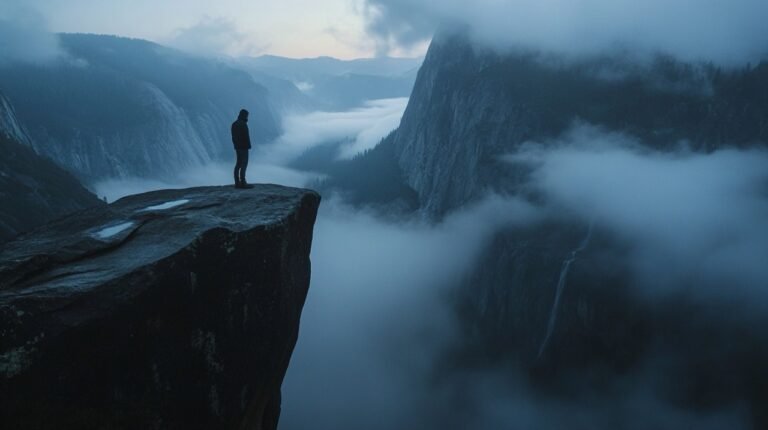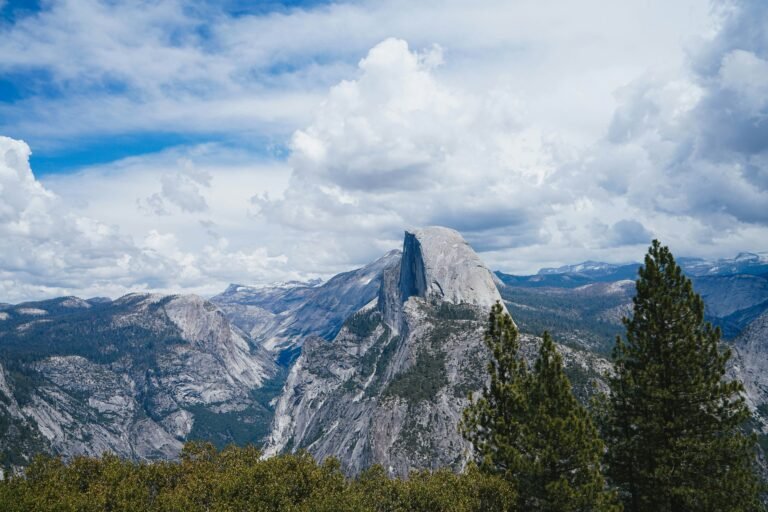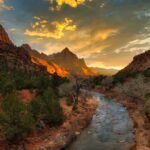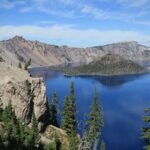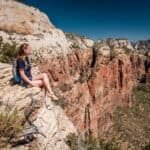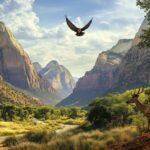Yosemite National Park Waterfalls – 2025 Complete Guide
Yosemite National Park is renowned for its stunning waterfalls—iconic treasures that draw visitors from around the world. This 2025 guide gives you all you need to know: the best falls to see, when to visit, how to plan, and expert tips for a waterfall-filled Yosemite adventure.
Quick Answers for Waterfall Lovers
- Peak waterfall season: April through June is the best time to catch dramatic flow. Most falls shrink after July, with many nearly dry by late summer. Spring runoff can be spectacular!
- Are major waterfalls flowing in July 2025? By mid-July, Bridalveil Fall, Vernal Fall, and Nevada Fall usually still have water. Yosemite Falls is likely just a trickle or dry, depending on the spring melt.
- Where are the main waterfalls? Most are concentrated in Yosemite Valley, but beautiful falls can be found throughout the park.
Yosemite’s Most Famous Waterfalls
| Waterfall | Height | Best Time to See | What to Expect |
|---|---|---|---|
| Yosemite Falls | 2,425 ft | Nov–July (peak: May–June) | Towering, multi-section fall; best in spring, dry by late summer |
| Bridalveil Fall | 620 ft | All year (best: May) | Iconic entry to the valley; strong and spray-filled |
| Vernal Fall | 317 ft | Mar–July (peak: May–June) | Powerful, accessible via Mist Trail; expect mist! |
| Nevada Fall | 594 ft | Mar–July (peak: May–June) | On Mist Trail above Vernal; lots of spray and energy |
| Horsetail Fall | 1,000 ft | Feb (Firefall event) | Seasonal show, glows orange at sunset in late February |
| Ribbon Fall | 1,612 ft | April–June | Highest single-drop in North America |
| Illilouette Fall | 370 ft | April–July | Seen from Mist Trail and Glacier Point |
| Chilnualna Falls | 2,200 ft | March–June | Accessible by a Wawona area trail; less crowded |
| Wapama & Rancheria | 1,080 ft; 300 ft | March–June | In Hetch Hetchy; adventure hikes, especially in spring |
Best Time for Waterfalls
- Spring (April–June): Most dramatic flows thanks to snowmelt.
- Summer (July–Sept): Bridalveil, Vernal, and Nevada continue to flow; others may dry out.
- Autumn: Waterfalls are often at their lowest, but first storms may bring them back briefly.
- Winter: See ice cones at Yosemite Falls and fewer crowds in the valley.
Top Waterfall Experiences
1. Yosemite Falls
- Location: Yosemite Valley
- Highlights: View from Yosemite Village, short flat walk to Lower Falls base, spring thunder, winter ice cone.
2. Bridalveil Fall
- Location: Entrance to Yosemite Valley; Tunnel View.
- Highlights: Restored accessible trail for 2025, consistent spray, great photo spot.
3. Vernal & Nevada Fall (via Mist Trail)
- Trailhead: Happy Isles in Yosemite Valley
- Highlights: Misty scramble, powerful waterfalls, panoramic views at Nevada Fall.
4. Hidden Gems
- Illilouette Fall: Reachable from Panorama Trail or near Glacier Point.
- Chilnualna Falls: Wawona hike, less trafficked.
- Wapama & Rancheria Falls: Hetch Hetchy access, best in late spring.
Waterfall Viewing Tips
- Arrive early for calm views and great photos with soft light.
- Be ready to get wet on Mist Trail and near Bridalveil—bring a lightweight rain jacket.
- Stick to marked trails for your safety.
- Chase hidden gems if Yosemite Valley crowds are high.
- Never swim near or at the base of waterfalls—only swim in permitted river and beach areas.
FAQs – Yosemite Waterfalls 2025
| Question | Answer |
|---|---|
| Best month for waterfalls? | May or early June for peak flow. |
| Will Yosemite Falls flow in July? | Often a trickle or dry; it depends on the winter’s snow. |
| Which falls run year-round? | Bridalveil, Vernal, Nevada, and Chilnualna. |
| Can I swim at waterfalls? | No; only swim in approved beach/river locations. |
| Are Mist Trail and other trails open? | Yes—all major waterfall trails are accessible in 2025. |
| When is the Horsetail Fall “Firefall”? | Mid–late February sunsets, if conditions are right. |
Final Advice for Waterfall Lovers
- Every season brings new sights: Even dry waterfalls in August reveal the sparkling granite that makes Yosemite famous.
- Stay safe and cherish each view: Fast water is powerful and cold—always use designated platforms and watch your step.
- Arrive with a camera, a raincoat, and a sense of awe—Yosemite’s falls are never the same twice!
Ready for even more? Explore early mornings, chase the mist, and savor the thunder!
